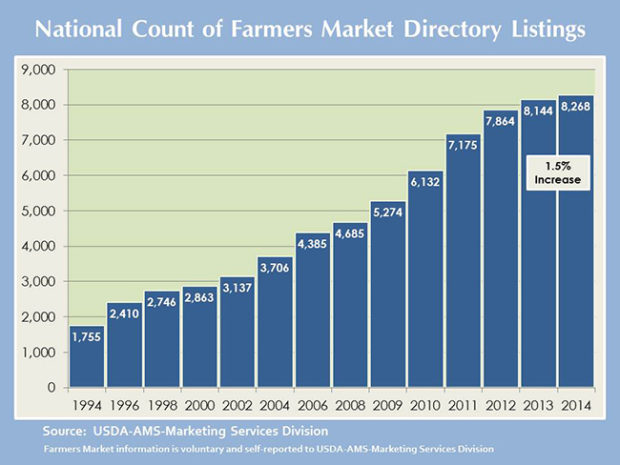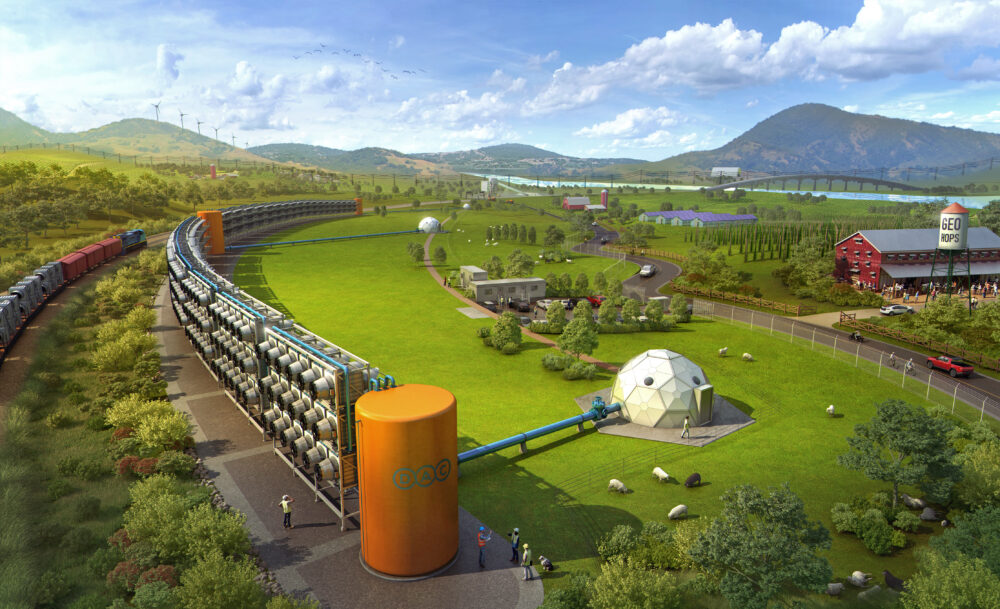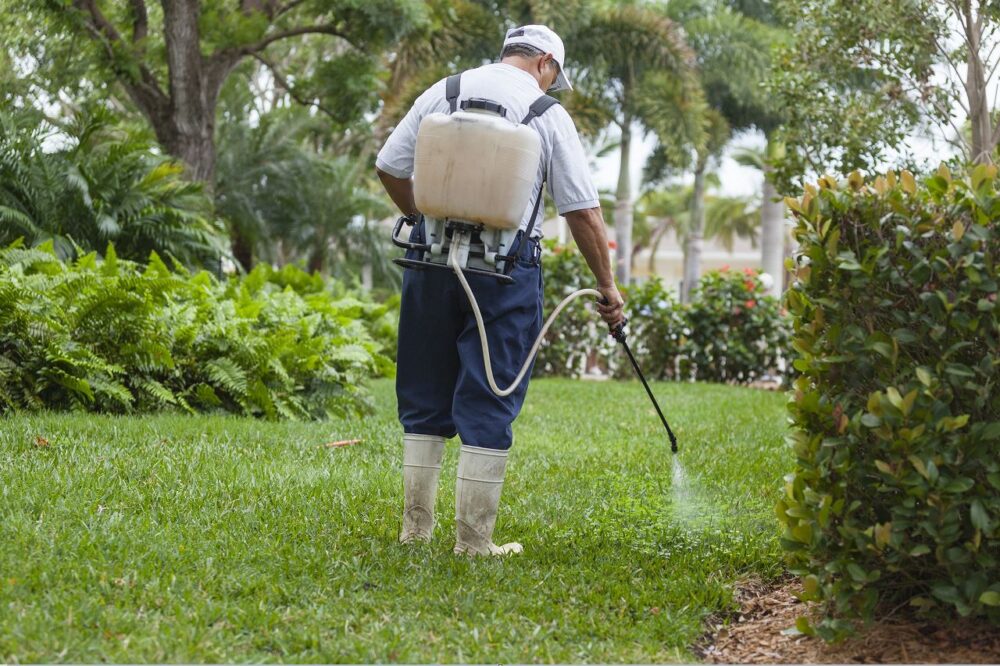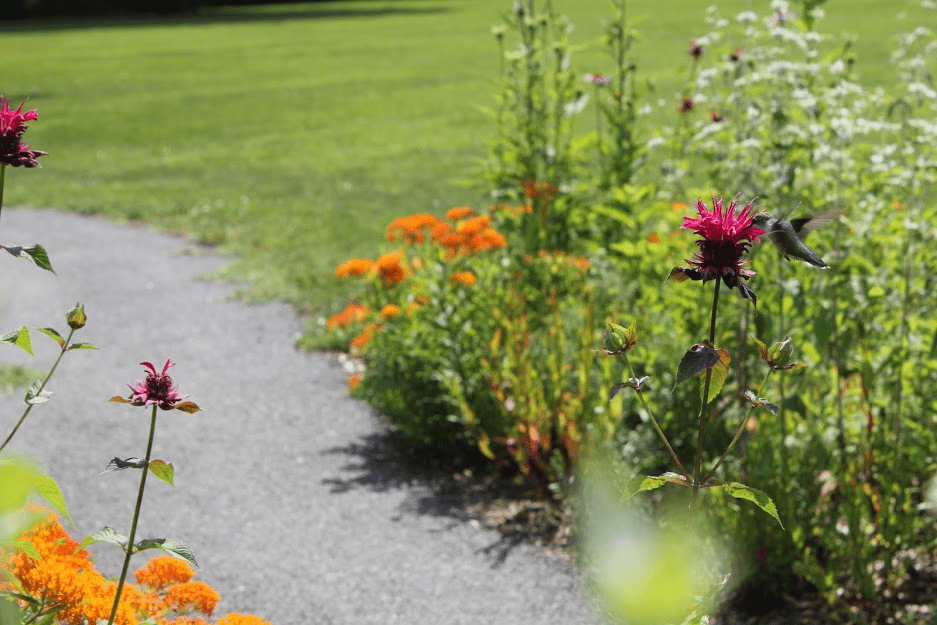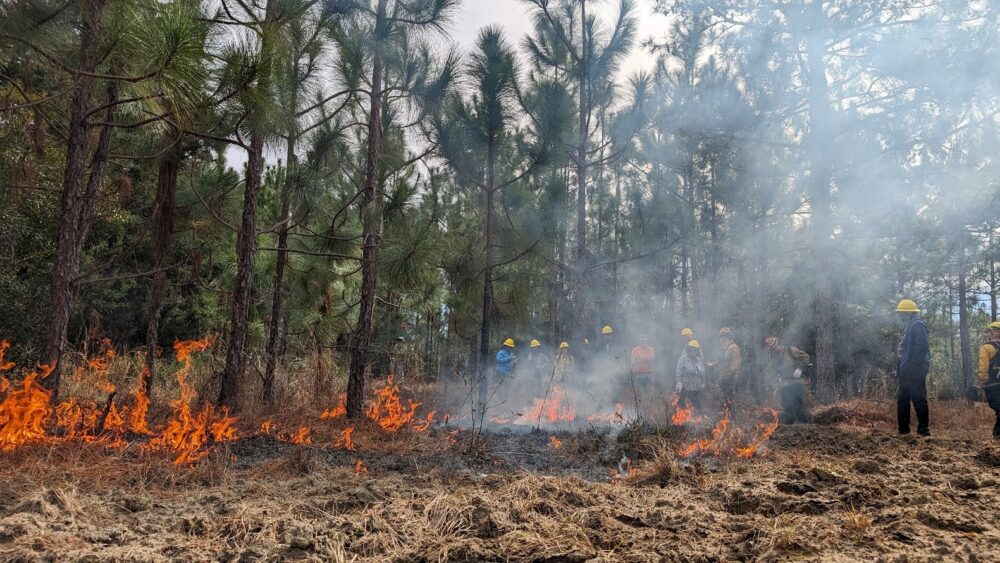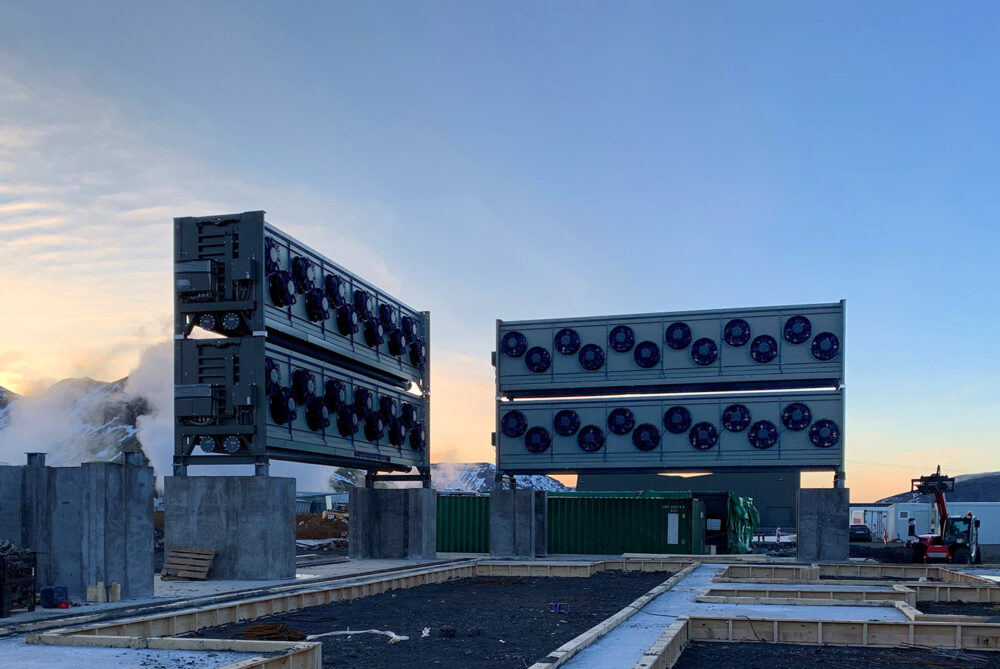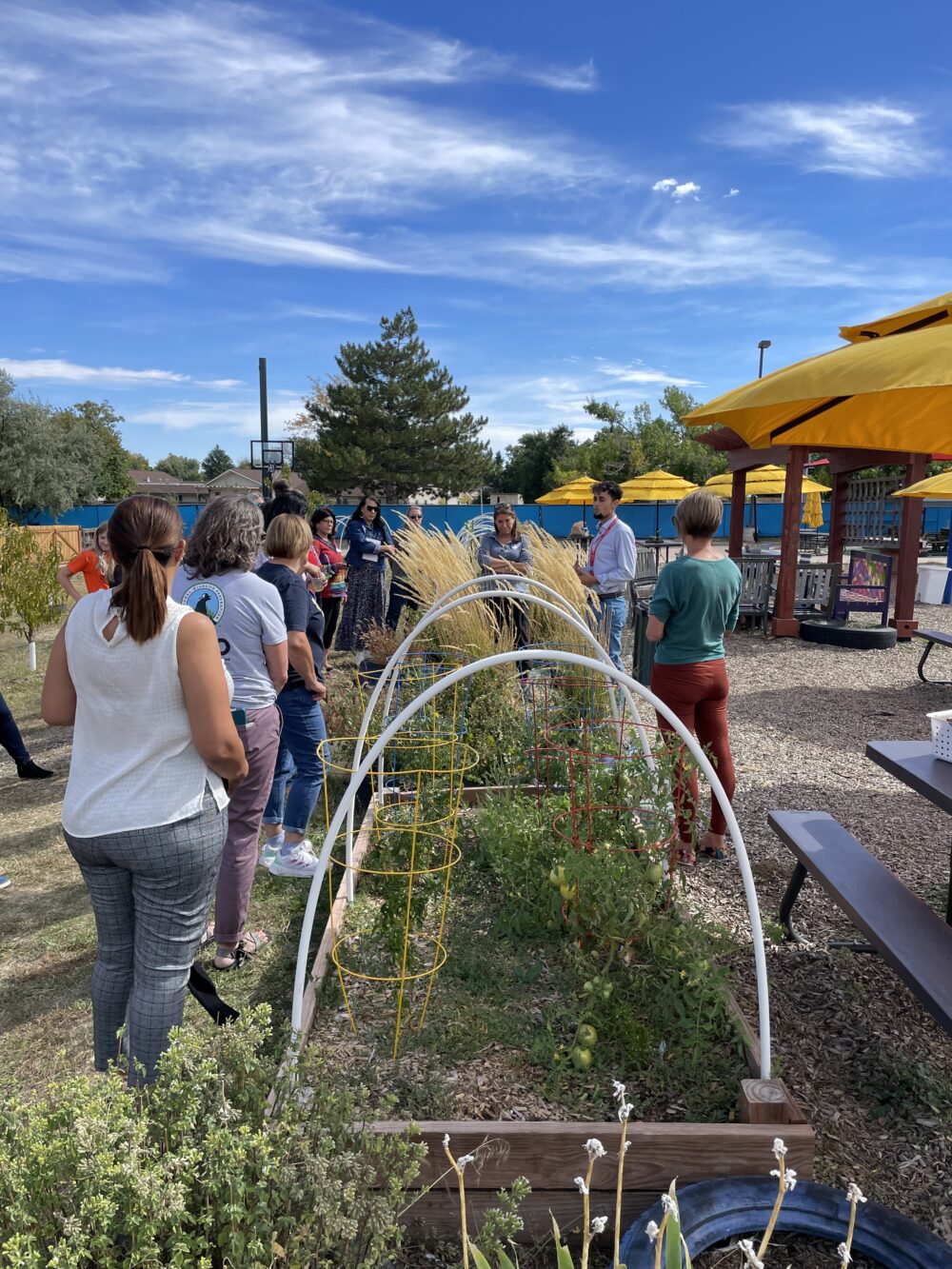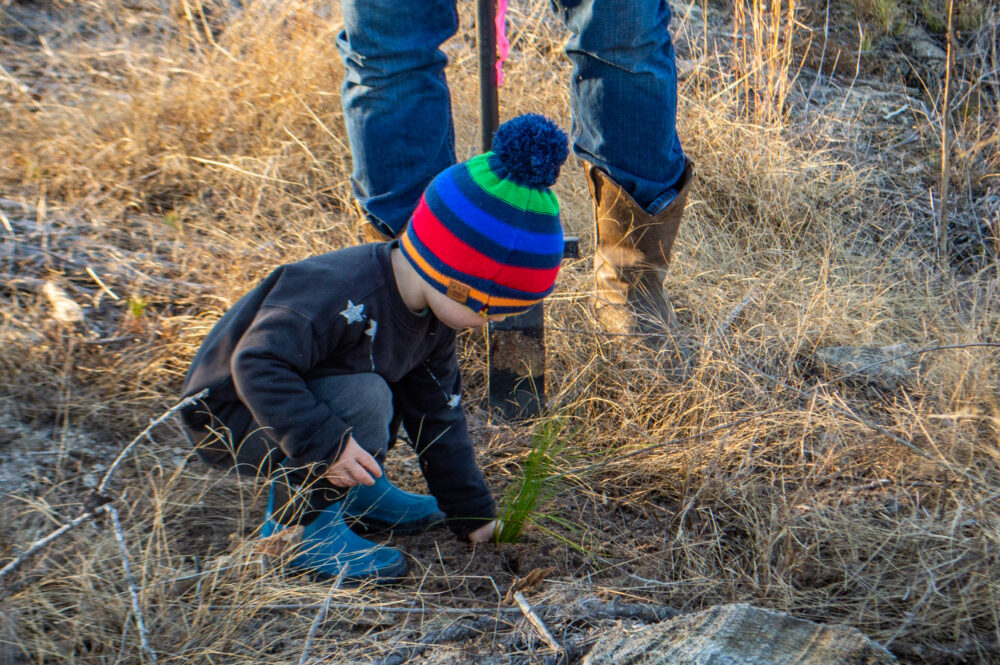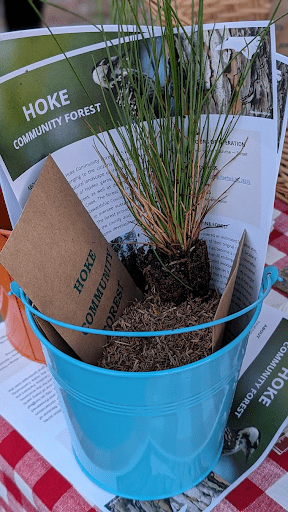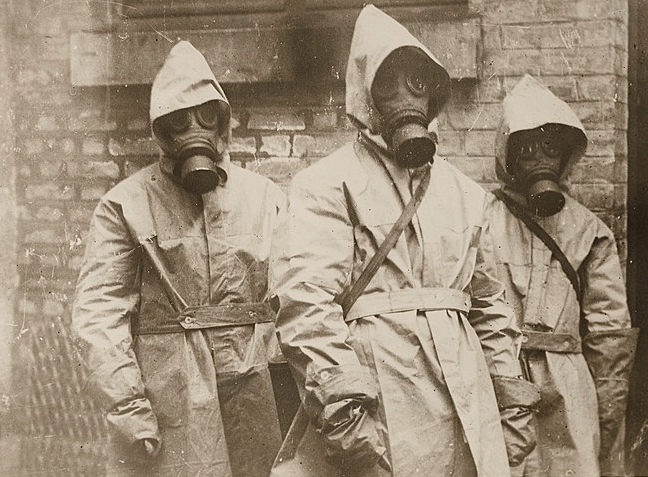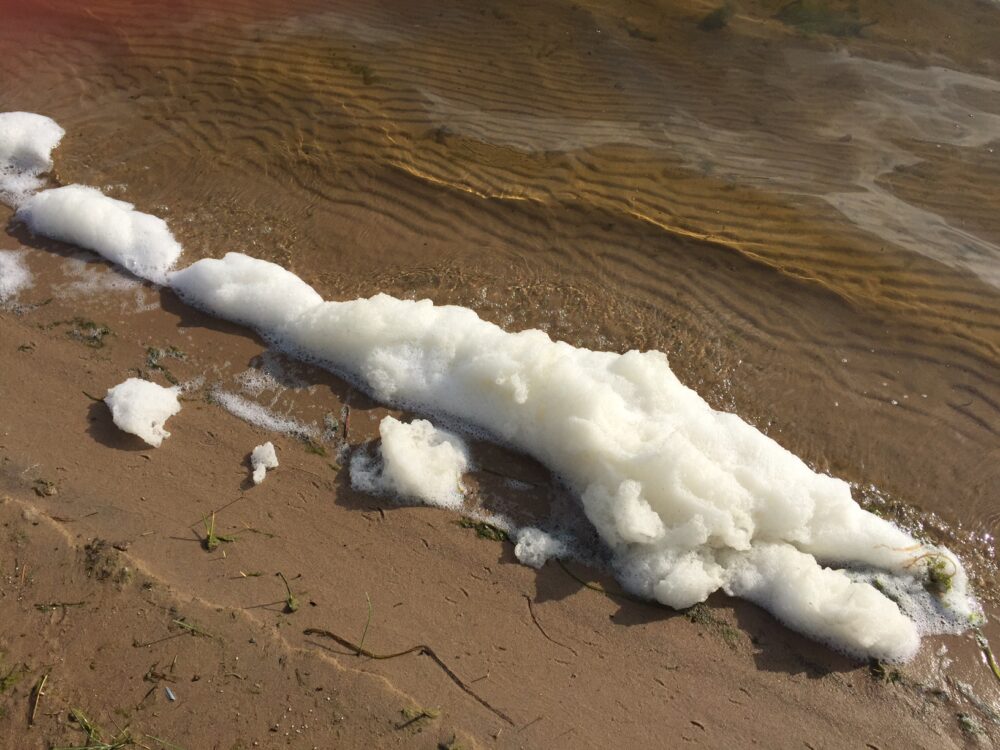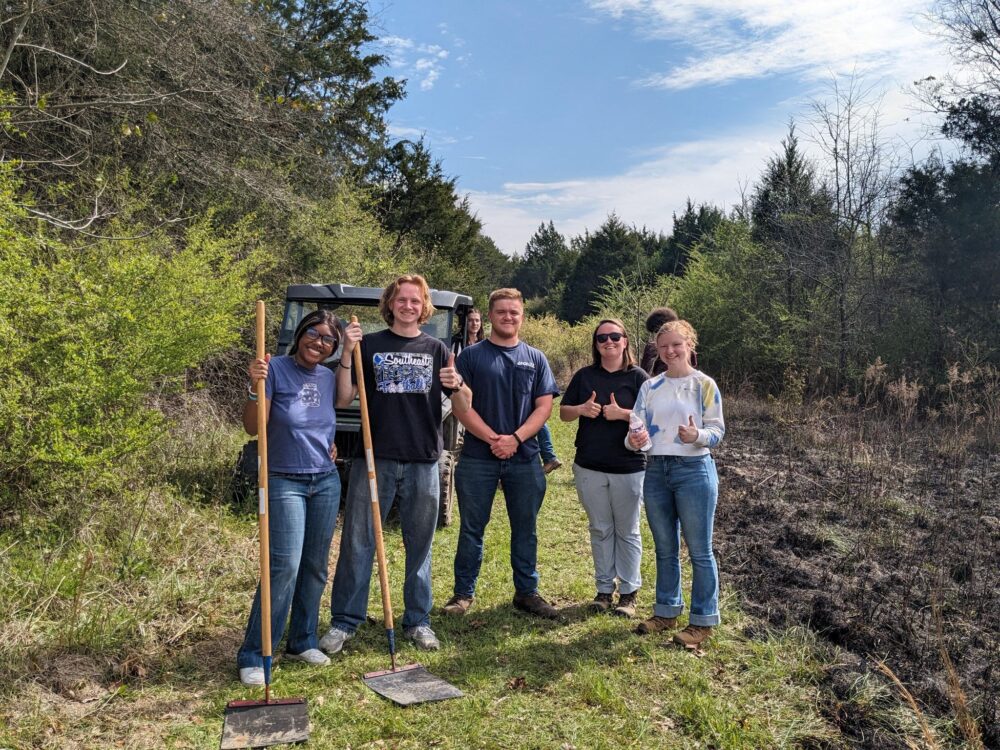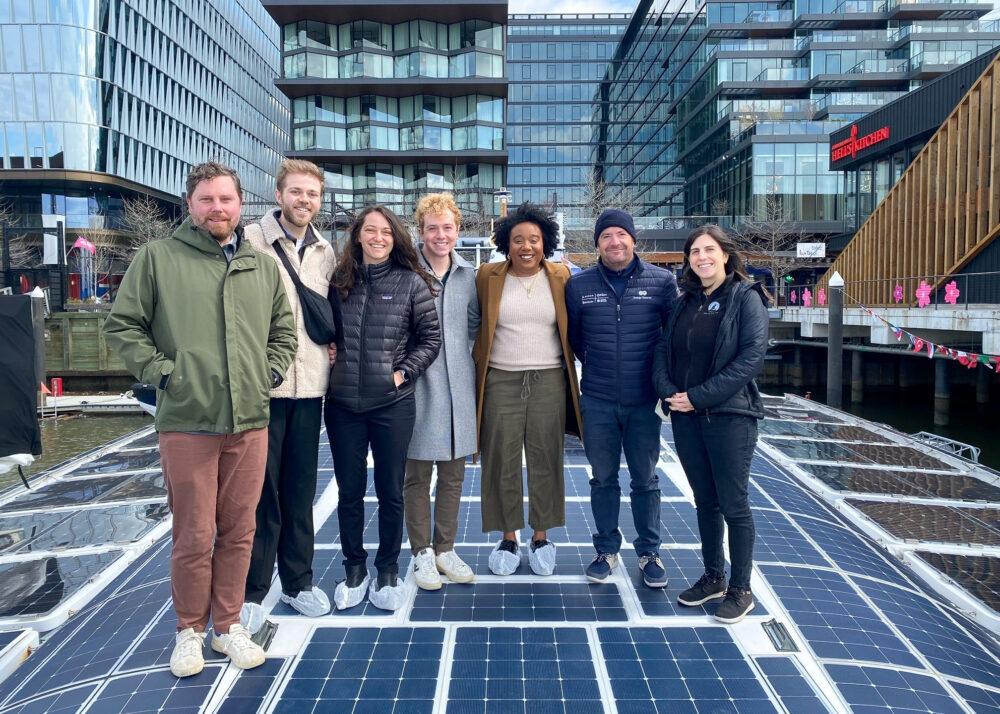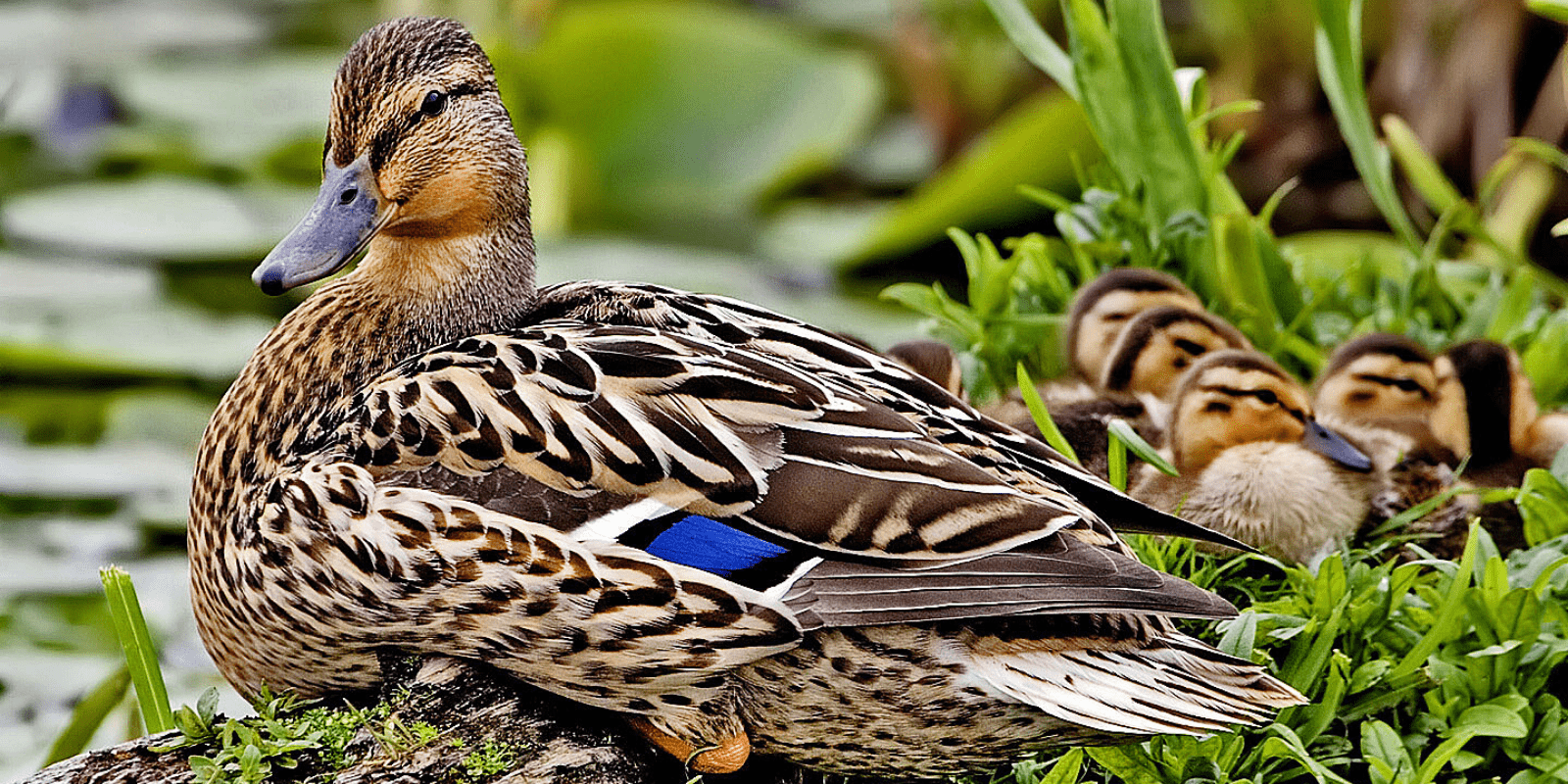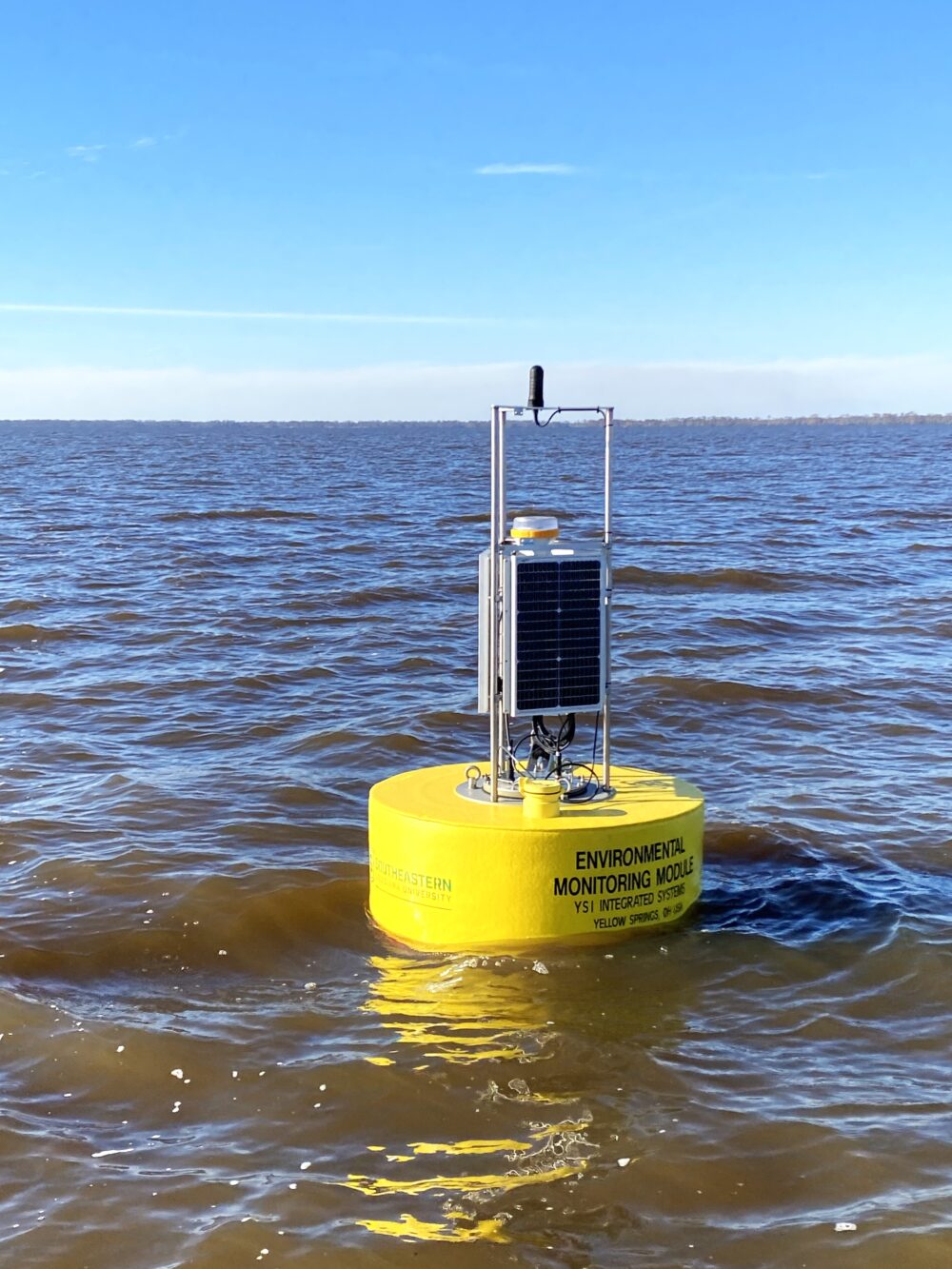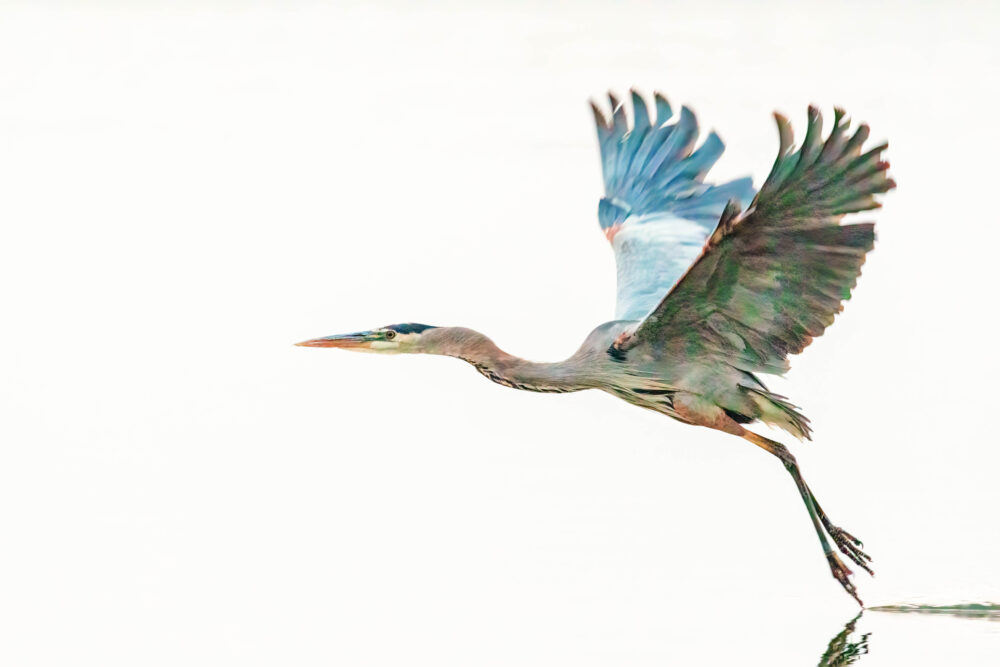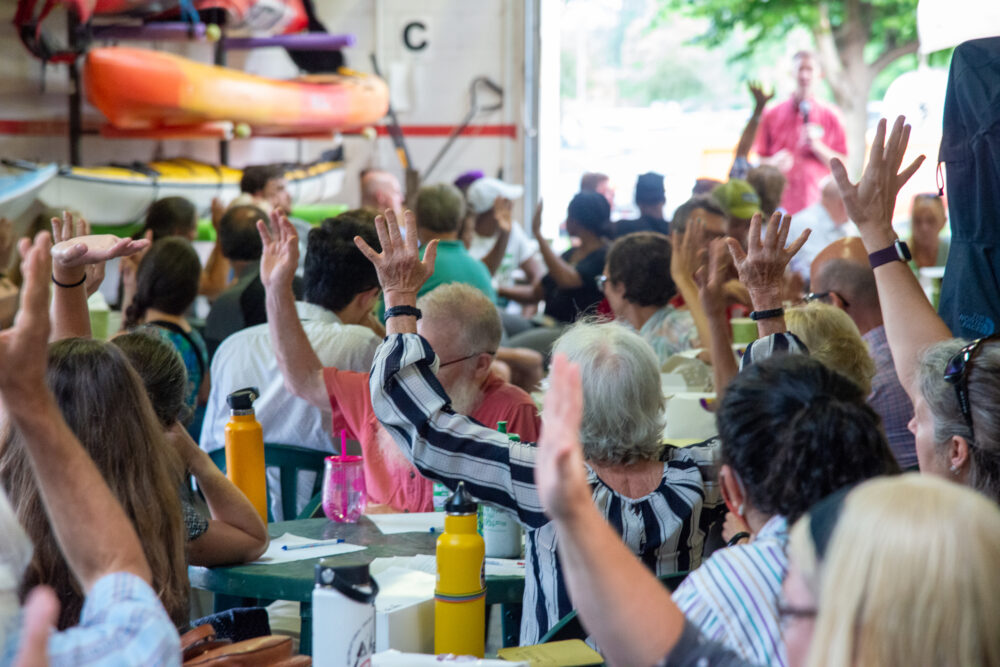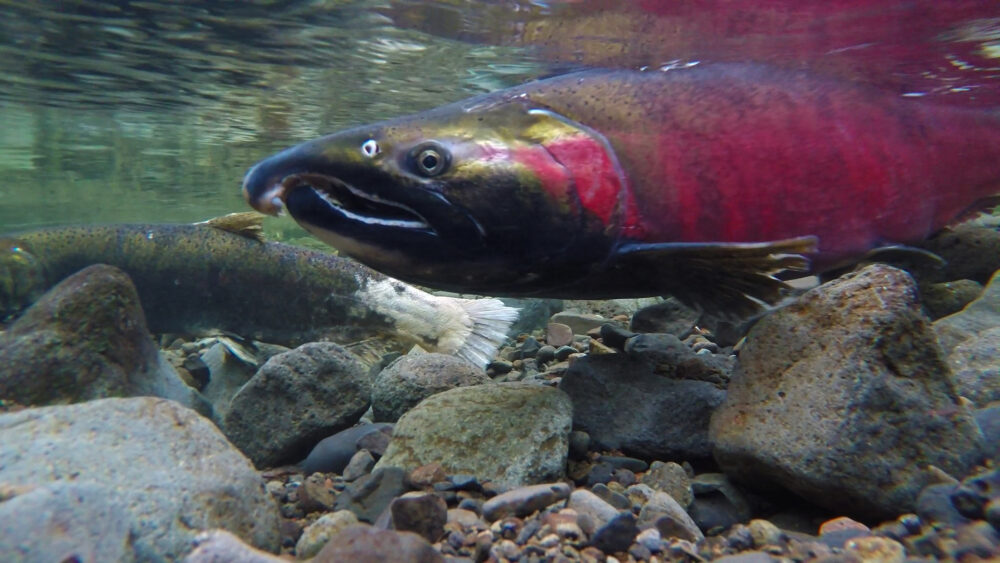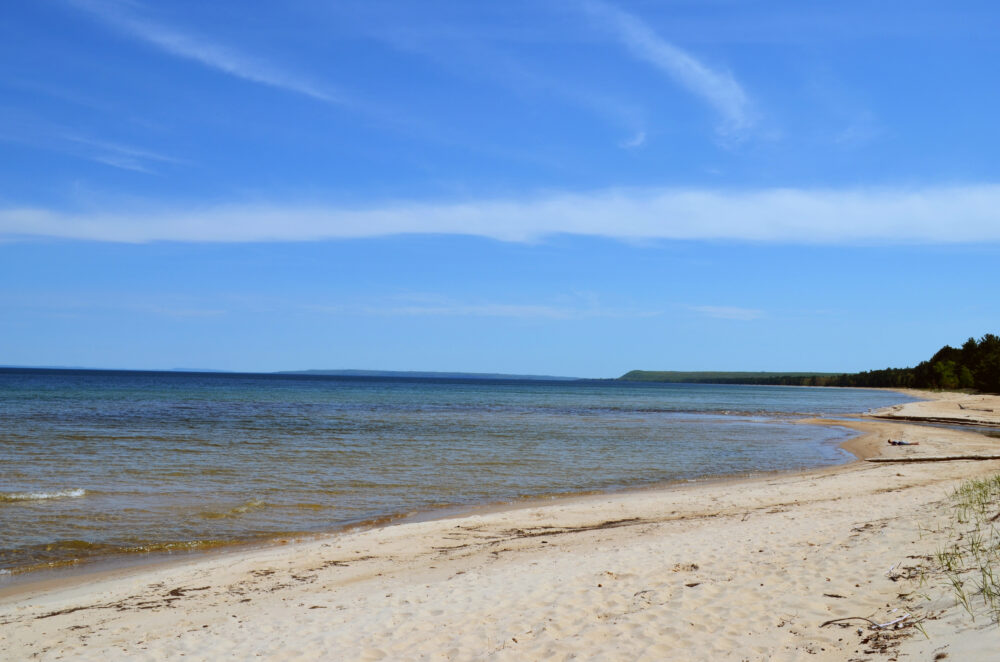We have much more to do and your continued support is needed now more than ever.
Eating and Growing Local to Sustain Wildlife
Farmers markets benefit local communities in a variety of ways, from boosting the local economy to supplying an array of fresh, oftentimes sustainably grown food to helping small farmers whose farms frequently serve as wildlife habitats. The number of farmers markets nationwide continues to rise each year, showing that folks are coming together more and more to support growing, buying and eating locally.
Farmers markets are, in themselves, like a community. Every Saturday from May to September, I enjoy going to the Historic Lewes Farmers Market in my home state of Delaware to see what delicious items are available and to catch up with the farmers who I now consider friends. Visitors and locals gather every Saturday morning to experience the wonderful, fresh bounty found at the market. The sense of community in the atmosphere is palpable and I appreciate being around such an environmentally friendly group of people.
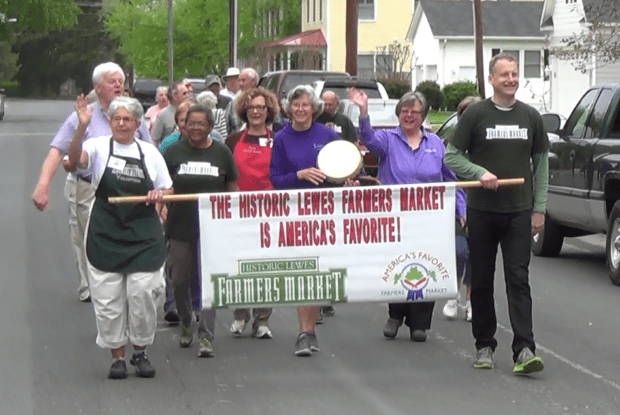
One of my favorite parts of a farmers market is getting to interact with the farmers and vendors. Since agriculture is the biggest source of pollution of lakes and rivers, according to the EPA, I’m curious as to how farmers are working on reducing their environmental impacts. I’ve learned a lot about growing your own food and the ways small scale farming can more easily control and minimize their effects on wildlife compared to industrial farming. For instance, most farmers that I’ve spoken with recognize the importance of sustainable farming for the environment. Harriet Allen, owner of Hattie’s Garden, a small market garden in Lewes, Delaware states, “I believe farms can coexist with wildlife with a little forethought and creativity”.
Farms as Wildlife Habitats
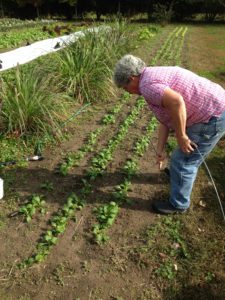
By gardening organically, Hattie’s Garden does not spray any conventional pesticides or fungicides. All pollinators are encouraged, protected, and fed as much as possible. Herbs such as dill and cilantro are allowed to flower and stay in place to provide food and habitat for beneficial insects. Flowers are planted through the garden, and although there are many controls that are permitted under Organic Standards, Hattie’s Garden uses them very infrequently and carefully, and only for specific targeted problems and areas. In nearly all cases, a broad spectrum control is never used. Nothing is sprayed when pollinators are most active during the heat of the day, and, in addition to the natural pollinators, a honey bee hive is maintained on the grounds by a local bee keeper.
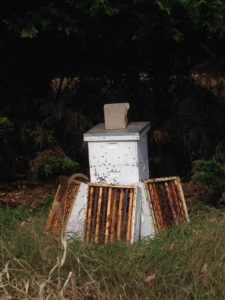
Farmers like Hattie are aware of a farm’s connection with nature and understand the importance of sustainably growing crops while also maintaining a well-functioning wildlife habitat. Farms, like wildlife gardens and backyard habitats, are a great way to provide your own food, get outdoors, and help wildlife.
![]() Make a positive impact for yourself and your community by eating local and creating your own small farm or garden. If you do not have enough space in your yard, you can join or start a local community habitat.
Make a positive impact for yourself and your community by eating local and creating your own small farm or garden. If you do not have enough space in your yard, you can join or start a local community habitat.
![]() Have you already created your own space? Certify it as a wildlife habitat today!
Have you already created your own space? Certify it as a wildlife habitat today!

